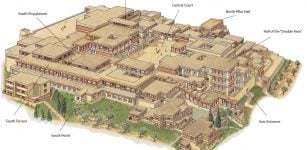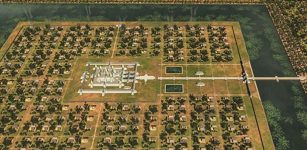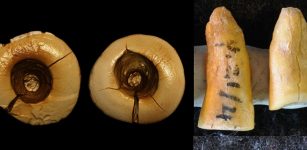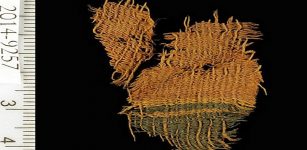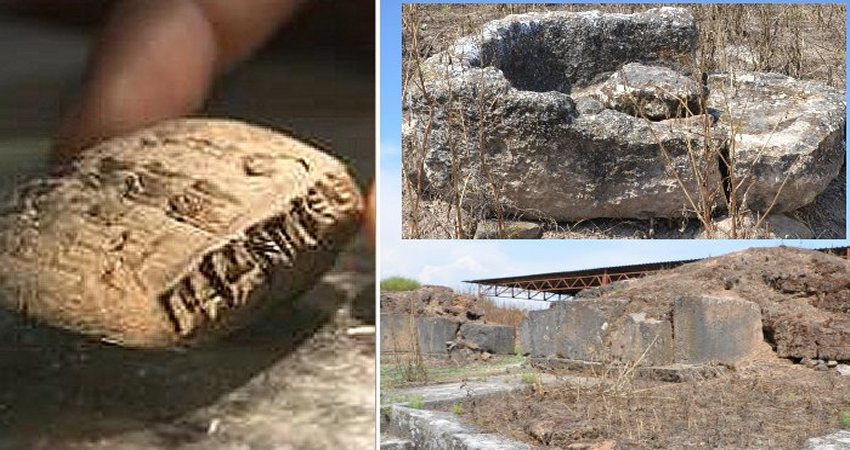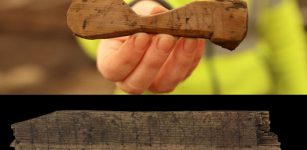China’s Earliest Multiplication Table Dating Back More Than 2,200 Years Ago – Found
MessageToEagle.com – A 2,200 year-old math document consists of inscriptions on bamboo sheets from the Warring States period between 475-221 B.C.
The document was revealed after the researchers managed to reassemble discovered in a large collection of bamboo sheets acquired by Tsinghua University in July 2008.
The inscriptions are methods of multiplying number lower than 100 and certain fractions, according to Li Xueqin, a historian and Li Xueqin, a specialist in ancient documents at Beijing’s Tsinghua University.
“It is older and had greater calculating functions than other ancient multiplication tables discovered,” said Guo Shuchun, the director of the Chinese Society of the History of Mathematics.
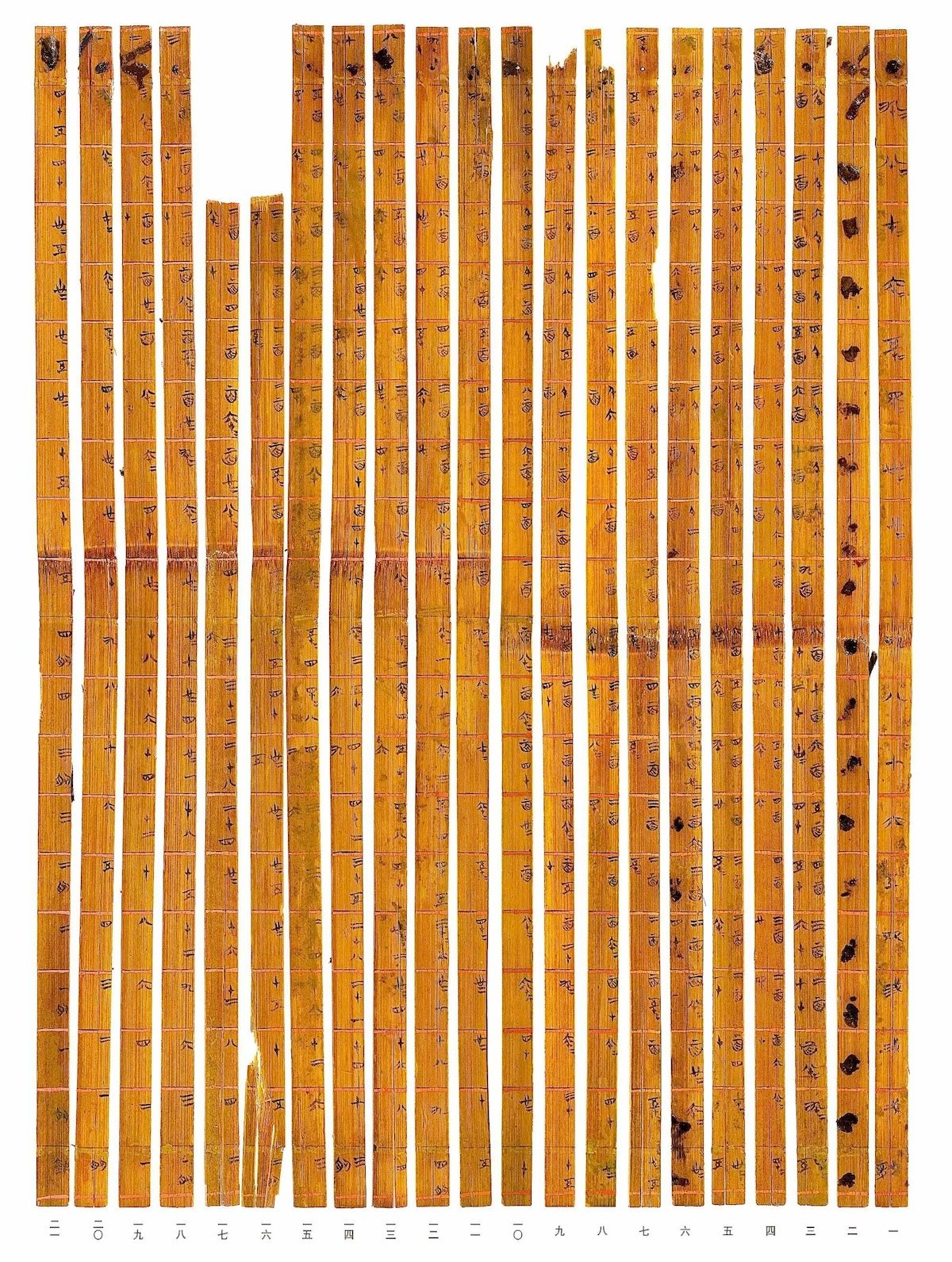
“The knowledge inscribed on the bamboo sheets was very advanced for the world at that time and is an important discovery in the mathematical history of China and even the world,”
According to Guo Shuchun, the document is the only one that has been found with studies of exact sciences before China’s first historical dynasty, the Qin between 221 BC – 206 BC.
“Five years ago, Tsinghua University in Beijing received a donation of nearly 2,500 bamboo strips. Muddy, smelly and teeming with mould, the strips probably originated from the illegal excavation of a tomb, and the donor had purchased them at a Hong Kong market,” Nature reports.
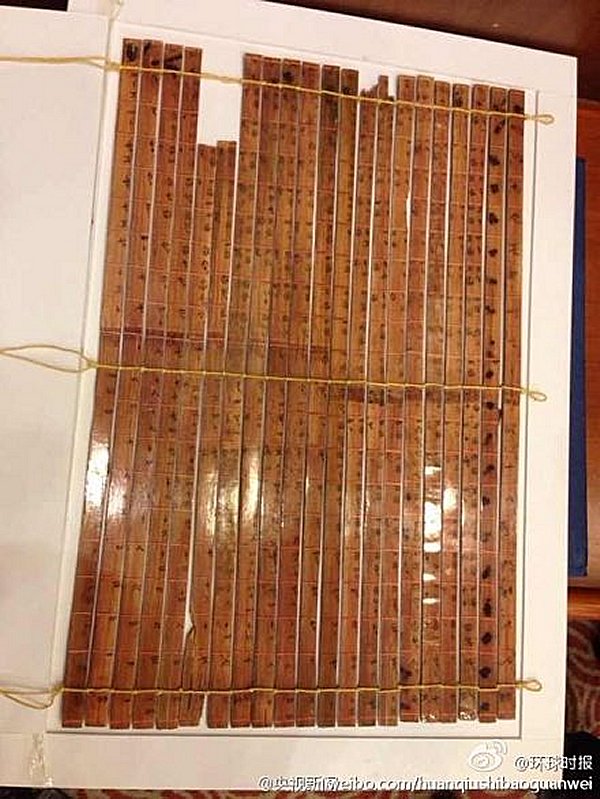
“Each strip was about 7 to 12 millimetres wide and up to half a metre long, and had a vertical line of ancient Chinese calligraphy painted on it in black ink. Historians realized that the bamboo pieces constituted 65 ancient texts and recognized them to be among the most important artefacts from the period.”
“The strips were all mixed up because the strings that used to tie each manuscript together to form a scroll had long decayed,” says Li Junming, a historian and palaeographer at Tsinghua. Some pieces were broken, others missing, he adds: to decipher the texts was “like putting together a jigsaw puzzle”.
But “21 bamboo strips stand out from the rest as they contain only numbers, written in the style of ancient Chinese”, says Feng Lisheng, a historian of mathematics at Tsinghua.
The researchers suspect that officials used the multiplication table to calculate surface area of land, yields of crops and the amounts of taxes owed. “We can even use the matrix to do divisions and square roots,” according to Feng.
“But we can’t be sure that such complicated tasks were performed at the time.”
“The discovery is of extraordinary interest,” says Joseph Dauben, a maths historian at City University of New York.
“It’s the earliest artefact of a decimal multiplication table in the world.”
MessageToEagle.com

